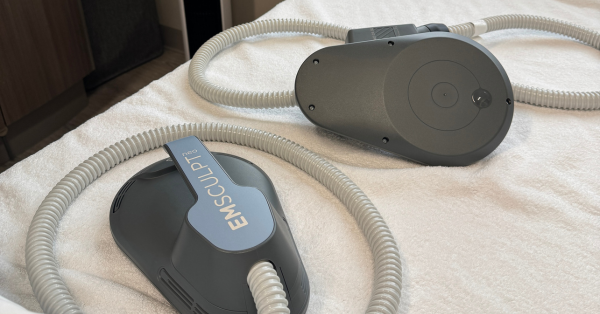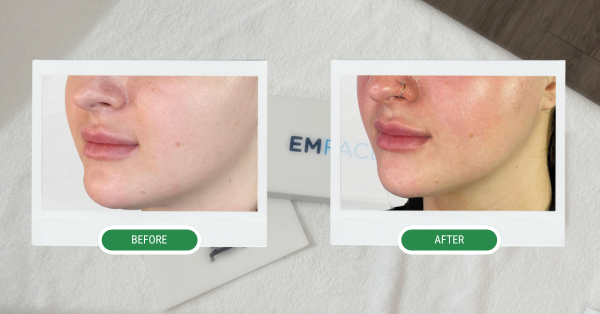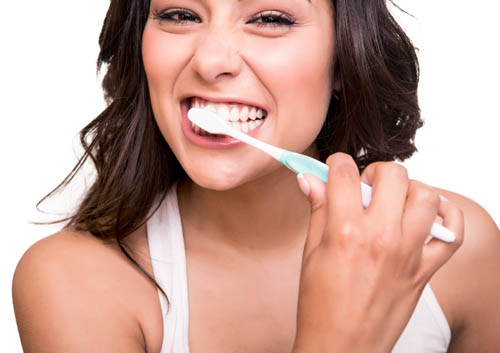Get Spring Break Ready: Sculpt and Tone with EmsculptNEO
November 25th, 2024

Who doesn’t want a sculpted look in time for Spring Break? Starting emsculpt treatments this month can help you get toned without spending hours at the gym.
This non-invasive technology builds muscle and burns fat at the same time, making it a great choice for anyone wanting to feel their best for vacation!
Why Start Now?
Starting in the early winter months means you’ll see full results by March. Emsculpt works gradually, building muscle and reducing fat over time so you can reach your ideal look in time for Spring Break.
Plus, it’s easy to fit into a busy schedule. With just four 30-minute sessions over a few weeks, it’s perfect for anyone short on time. Did you know that just one 30-minute Emsculpt NEO session is equivalent to doing over 20,000 crunches? You can’t beat that!
How It Works
This treatment uses high-intensity focused electromagnetic (HIFEM) technology to deeply contract muscles in ways traditional exercise can’t. It’s like a supercharged workout for stronger, firmer muscles, helping you tone up without countless hours at the gym.
One of the best things about this technology is its versatility. It can be used on the areas you care about most, including abs, buttocks, arms, and thighs, allowing you to shape your body in a way that fits your goals!
Common Questions, Answered
“Does it hurt?”
Not at all! The sensation feels like strong muscle contractions (similar to a workout) but is generally comfortable, with no downtime needed afterward.
“How soon will I see results?”
Most people see changes within weeks of their last session, with full results developing over a few months.
“Can I combine this with other treatments?”
Absolutely! Many people combine it with other services to maximize their results. Our team can help create a plan that’s tailored to your goals.
Ready to Start?
Don’t wait—starting treatment now means you’ll be ready just in time for Spring Break. Book a free consultation with our team today to jumpstart your journey to a sculpted look and feel your best by March!





 Website Powered by Sesame 24-7™
Website Powered by Sesame 24-7™